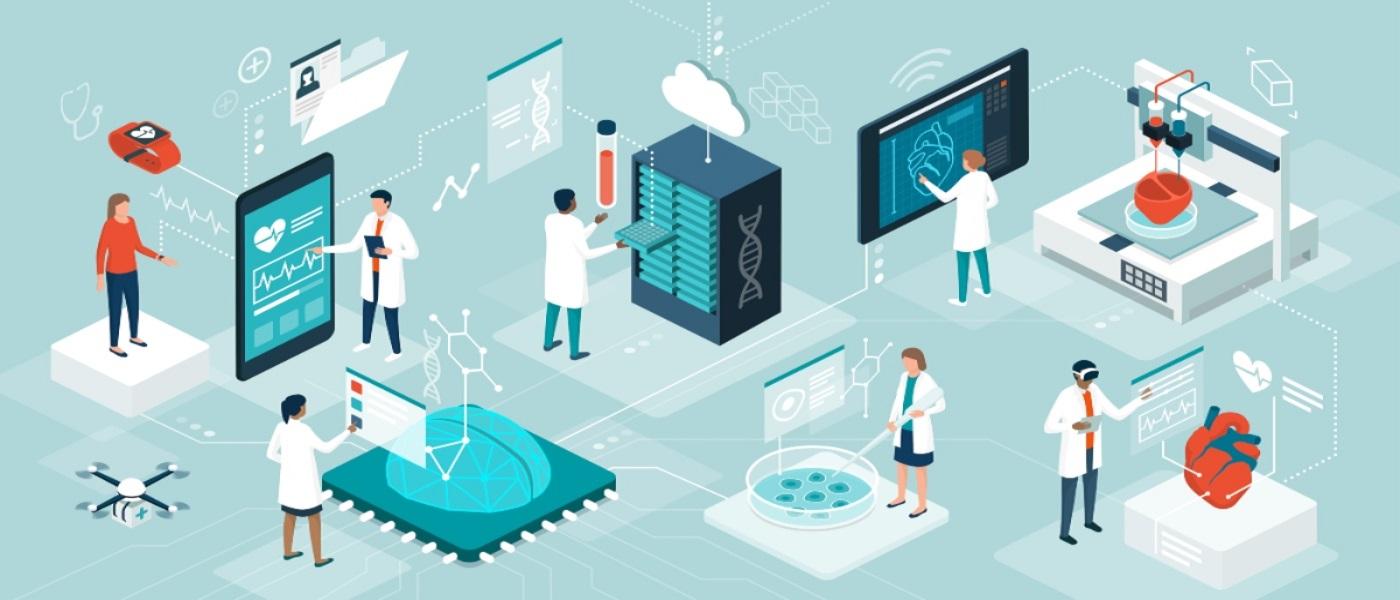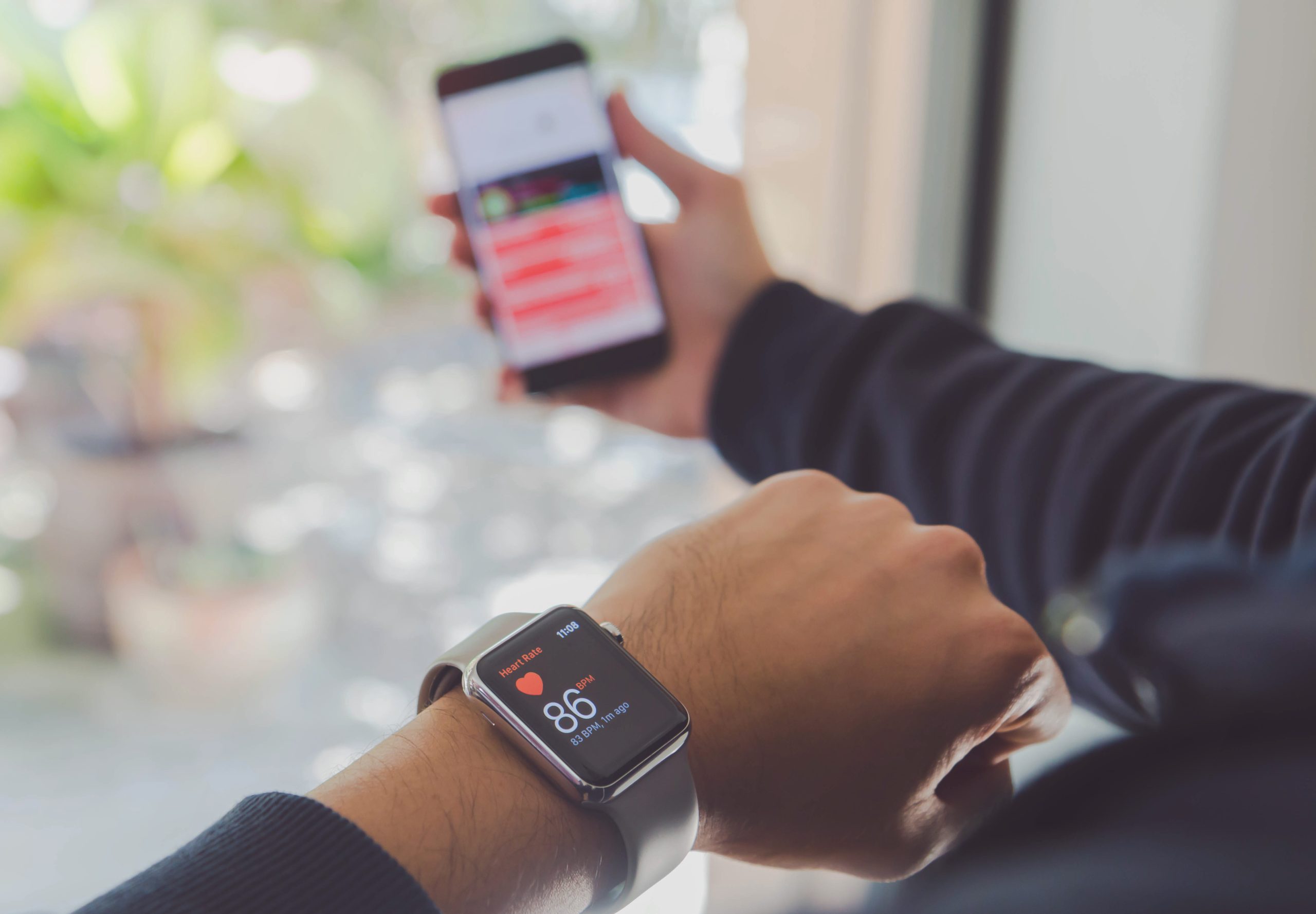
Telemedicine, defined as the practice of medicine using electronic communication, has been around for a number of years; however, the COVID-19 crisis has thrust telemedicine into the spotlight. The lockdowns and shelter-in-place orders has led to nationwide shut-downs of physicians’ offices and the emptying out of hospital wards and emergency rooms, even as intensive care units remained busy tending to severely ill COVID-19 patients. Telemedicine entered to fill the gaps left by empty examination rooms.
According to the New England Journal of Medicine, some healthcare systems that previously participated in 50 virtual visits per day soared to over 3000 visits per day in March. Other medical offices that performed less than one percent of their visits virtually started performing over 90 percent of their visits via electronic means.
Even practices that require substantial amounts of hands-on activity, such as office visits with orthopedic surgeons, began to be conducted virtually. Dr. Sean Rockett, a surgeon at Orthopedics New England, began doing virtual visits for many of his patients in March 2020. Certainly for the cognitive specialties like internal medicine and pediatrics, telemedicine visits quickly became the norm at the peak of the pandemic in April 2020.
Three Ways Telemedicine Worked During the COVID-19 Pandemic
When it became clear that stemming the spread of the disease would involve isolating infected people and their close contacts, electronic communication appeared as an ideal first point of contact between patients and doctors. Perhaps unexpectedly, however, several other important applications for telemedicine emerged quickly during the crisis.
Triage
During the crisis, when patients begin to feel flu-like symptoms, or when they are exposed to someone else who became positive for the virus, many of them were flocking to emergency rooms to be tested. Many others remained at home, worried that they would infect others, or that they would be become infected if they left their homes.
The solution for these patients is to be able to contact a physician using a virtual visit. In March, 2020, the US Department of Health and Human Services relaxed privacy rules to permit patients and healthcare providers to communicate using non-encrypted platforms such as FaceTime or Skype.
These virtual visits allow patients to be seen by a physician who could assess the level of seriousness of their condition, and can direct them to the hospital for testing and treatment if necessary.
Care for non-COVID-19 Patients
Because individuals with chronic diseases are at most risk for severe illness or death from COVID-19 infection, many of these patients were putting off seeing their physicians for fear of becoming infected. Patients with diabetes, congestive heart failure, chronic obstructive lung disease, and other conditions were risking becoming sicker because of loss of contact with their care providers.
Telemedicine allows patients to stay in touch with their physicians, even to have their blood pressure and blood sugar levels monitored remotely, all without having to risk becoming infected by visiting a doctors’ office building or a hospital.
Virtual Rounds
In an interview with the New England Journal of Medicine, Dr. Judd Hollander observed that telemedicine has some intriguing applications for care of patients already in the hospital. For example, using various telemedicine platforms, physicians can check in with patients without actually visiting the room. Dr. Hollander pointed out that this practice helped reduce the use of personal protective equipment that is often in short supply. These visits also permit family members to take part in a patient’s care even when they are otherwise forbidden to enter the hospital because of infection-control concerns. These virtual rounds allow family members to ask questions of the physicians, especially when the patient was preparing to return home.
Virtual Consultant
Dr. Rob Lamberts, a family physician in Augusta, GA, takes the virtual visit one step further. Dr. Lamberts, a direct care physician, communicates with his hospitalized patients in real time, using secure messaging. This allows Dr. Lamberts to function as a “virtual consultant,” allowing him to help his patients understand what is going on during their hospital stays. Dr. Lamberts can monitor symptoms and even vital signs this way, allowing him to remain closely connected to the care of his hospitalized patients. For their part, Dr. Lamberts’ patients derive the benefit of hearing from their own trusted physician.
The Future of Telemedicine
According to Dr. Hollander, the future of telemedicine depends on how the incentives will be aligned in the future. If Medicare and commercial insurance companies reimburse virtual visits appropriately, many physicians would gladly integrate them into their practices, even orthopedists like Dr. Rockett. “I’d absolutely do [virtual visits],” said Dr. Rockett. “Clearly, patients with injuries need to be seen in my office, but certain things like post-op visits could be done virtually.”
Dr. Lamberts believes that Medicare and the commercial insurers will have to change their stance on virtual visits if telemedicine is going to continue to thrive in a non-COVID-19 world. He is hopeful that this new perspective on telemedicine will open people’s eyes to the possibilities. “People don’t clamor for better care because they don’t realize how bad the care they are getting is,” says Dr. Lamberts. “The reason they don’t realize that their care is bad is that they don’t know how good it could be. Maybe people are getting a glimpse now.”




